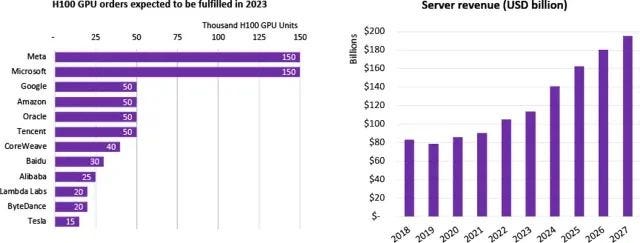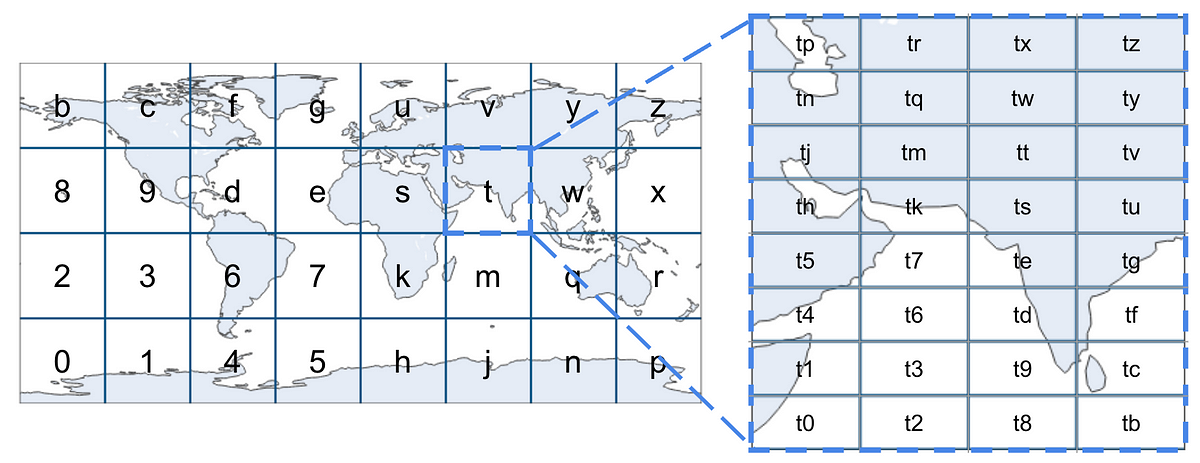Ten of my LinkedIn posts on LLMs 1. Non-determinism in LLMs The best LLM use cases are where you use LLM as a tool rather than expose it directly. As Richard Seroter says, how many chatbots do you need? However, this use case of replacing static product pages by personalized product summaries is like many…











